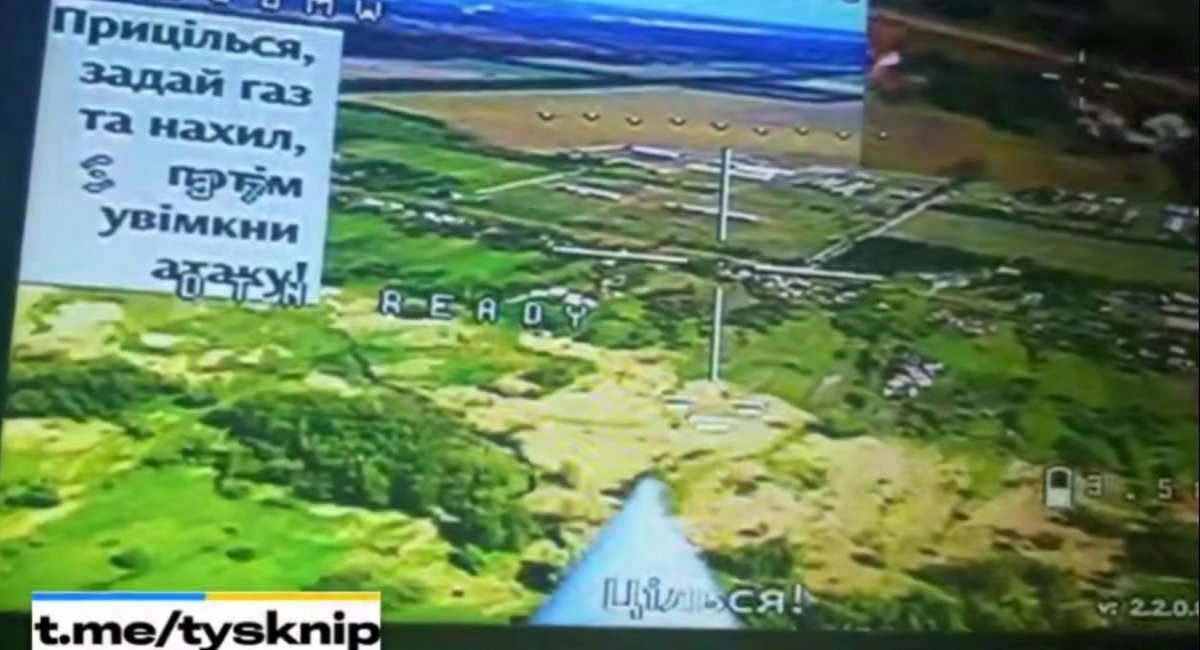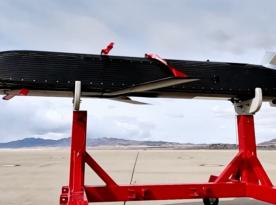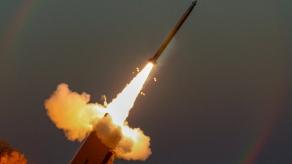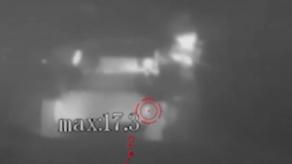Ukrainian FPV drones with smart guidance systems continue to develop and are becoming increasingly common on the battlefield. They have become one of the countermeasures to the massive deployment of jammers and other electronic warfare systems along the frontline by russian forces.
How exactly the algorithm works can be seen in the video feed, intercepted from such a Ukrainian drone which continued operation despite being jammed, and subsequently published by the russians. The footage was shared by a Ukrainian community NIP Tysk:
Read more: Swarm Tactic Test-Drive, Or Why russians Mark Their Attack Drones' Wings With Paint
FPV kamikaze drones now use smart guidanceRussians intercepted the video signal of a Ukrainian FPV drone showing key tech in action:– RXLOSS mode kicks in when signal is blocked.– RCSMOOTHING helps stabilize pilot input.– A menu guides the operator as the drone locks onto… pic.twitter.com/7GqPIhrliF — Clash Report (@clashreport) May 29, 2025
At the beginning of the video, you can see how the drone enters the RXLOSS operating mode several times, which means it likely lost signal link with the operator. Apparently, that's in response to interference trying to cut communication with the pilot.
From the 46th second of the video onward, there's a notification on the screen display about RCSMOOTHING — a software function helping the operator to stabilize the drone's movements. Then, at the 56th second, you can notice a pop-up instructing the pilot about their next actions: "Take aim, input acceleration and angle, then trigger the attack."

The prompt below says "Take aim!" and it immediately changes to "Attacking!" once the target is locked. The drone enters the attack mode and does the rest on its own.
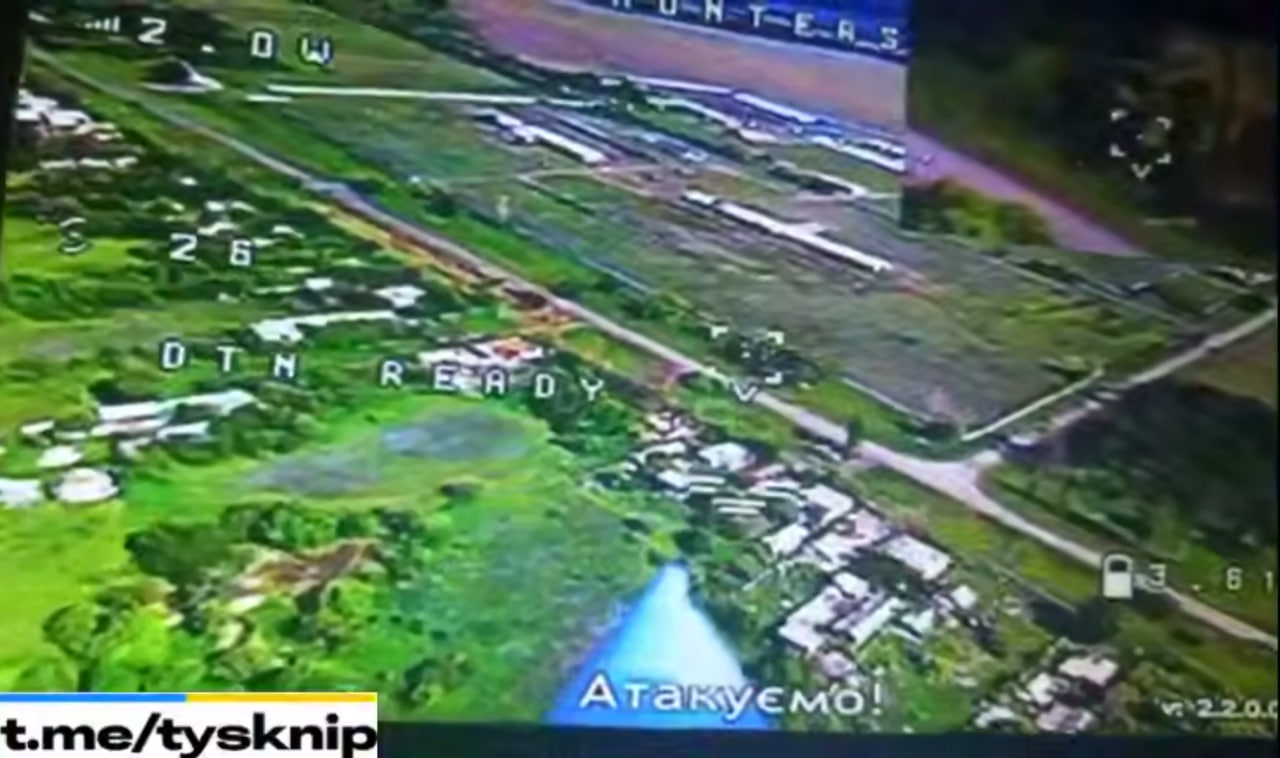
This terminal guidance, otherwise known as "machine vision," is attempting to counter electromagnetic suppression by allowing tools to stabilize the flight and offering autonomy. An increasingly common alternative solution is FPV drones operated via fiber-optic cables: those are immune to EW but come with drawbacks of having lesser battery endurance and losing signal if the cable is cut off.
However, smart guidance has its downsides, too. First, you still need to manually guide the drone to the place from where the machine can lock on target, making it vulnerable to jamming before the operator designates the target and turns on the algorithm. Second, the system still cannot strike specific vulnerable points of the target, which is sometimes critical for successfully defeating armored vehicles or fortifications.
Read more: Ukraine’s 19 CAESAR 8x8 Howitzers Fired 40,000 Rounds in Two Years — Impressive or Concerning?



